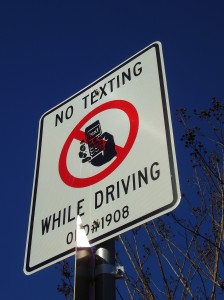Google, which knows the real money in the potential driverless-auto sector is in the software, wants to bring 1.0 to market in the next five years with the help of Big Auto. If the timeline the company has laid down is to be realized, the cars will need to be able to “see” to overcome current infrastructure and mapping limitations. From Joseph B. White and Rolfe Winkler at WSJ:
“The biggest challenges for Google’s efforts involve software, not hardware, [Chris] Urmson said. Google is confident, for instance, that it has laser radar technology, or LIDAR, that can provide accurate images of a car’s surroundings at a reasonable cost, he said. …
There are also some important differences between the strategy Google is pursuing to develop and bring its technology to drivers and the way auto makers are approaching automated driving.
Google wants to develop a fully automated car that doesn’t require any input from the driver. Mr. Urmson said it is difficult to get a driver who isn’t paying attention to the road to suddenly—and safely—retake the wheel. Further, he said, a partially automated car ‘doesn’t help a blind man get lunch or help an aging widow get to her social events.’
This is why Google is developing designs that would entail no steering wheel. For now, Mr. Urmson said his team is working on vehicles that would operate at speeds below 25 miles an hour—which would qualify Google’s car as a neighborhood electric vehicle that doesn’t have to be equipped with air bags or meet certain other safety standards required of conventional cars.
One scenario for such vehicles would be to position them in a city’s central business district and allow people to summon the cars with a smartphone app, Morgan Stanley analyst Adam Jonas wrote in a recent report. Mr. Urmson said that is one avenue the company could pursue.”


